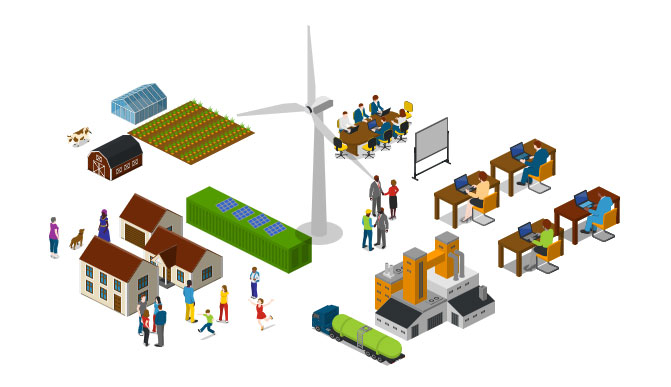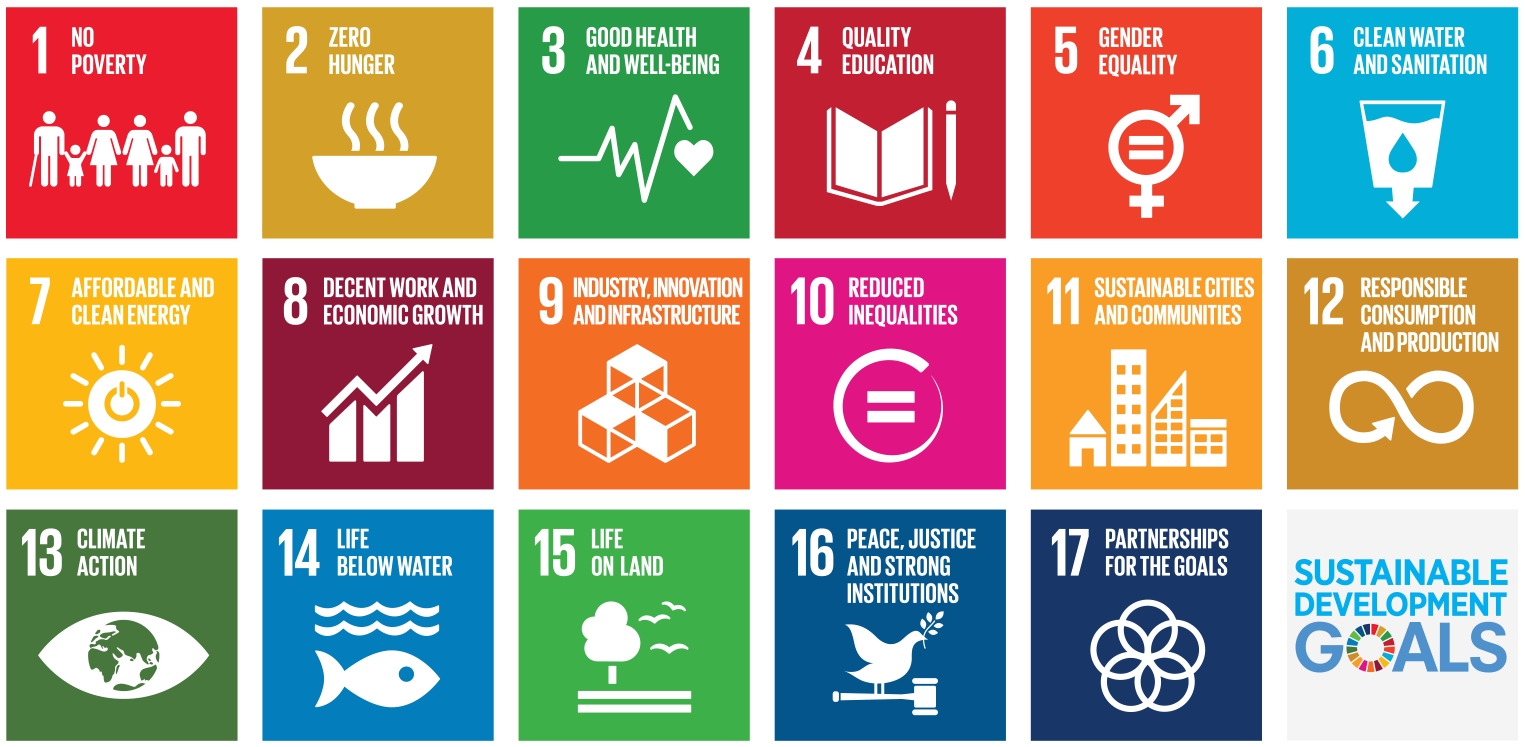
long tradition

The Saxony region can look back on a long tradition of sustainable products, processes and systems. As early as 1713, Hans Carl von Carlowitz defined the sustainable management and use of forests and woodlands in his work “Sylvicultura oeconomica”. This laid the foundation for the positive development of the region that continues to this day.
Energy transition

After renewable energies, energy efficiency and electrification, climate-friendly and sustainable hydrogen is the fourth pillar of the energy transition. In concrete terms, this means that without climate-friendly hydrogen, the energy transition is not complete. Efficiency measures are to be implemented, energy consumption reduced, and renewable electricity used directly in areas where it is possible. Climate-friendly hydrogen complements these measures as a possible energy carrier and basic material for industrial applications.
Cooperative manufacturing scenarios

Within the scope of the project work, the consortium would like to continue this tradition and achieve positive, ecological, economic and social effects on the global market with the help of innovative solutions. To this end, cooperative manufacturing scenarios are to be established between Africa and Germany. At the same time, the stand-alone solutions will support African companies and communities in their development and sustainably strengthen them in a positive way. Through the additional intercultural education and training concepts, the results are anchored in the long term and thus also flow into future social and technological developments.
the 17 sustainability goals


